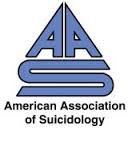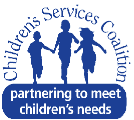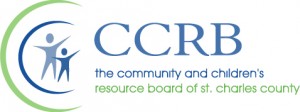Glossary
Attempter – An individual who makes a nonfatal suicide attempt. An attempter carries out a suicide plan but does not die as a result of their action(s).
Awareness – To broaden the public’s recognition, knowledge and understanding.
Best Practice – An activity or program based on the best available evidence regarding what is effective.
Cause – A contributing factor or condition.
Completer – A person who intentionally caused their own death.
Contagion – A phenomenon whereby susceptible persons are influenced towards suicidal behavior through knowledge of another person’s suicidal acts.
Depression – A collection of emotional, cognitive and somatic signs and symptoms, including sustained sad mood or lack or pleasure.
Environmental – Physical or social elements that influence behaviors (financial, home, relationships, etc.).
Gatekeeper – Those individuals in a community who have face-to-face contact with large numbers of community members as part of their usual routine; they may be trained to identify persons at risk of suicide and refer them to treatment or supporting services as needed.
Intervention – A strategy or approach that is intended to prevent an outcome or to alter the course of an existing condition.
Lethality – The potential for death
Means – The insturment or object whereby a self-destructive act is carried out.
Means Restriction – Techniques, policies, and procedures designed to reduce access or availability to means and methods of deliberate self-harm.
Methodology – Advance the scientific research, evaluation, and monitoring systems for the prevention of suicide and suicidal behaviors.
Method – Action or technique which results in an individual inflicting self-harm.
Non-lethal – Non-fatal, injury may occur.
Postvention – A strategy or approach that is implemented after a crisis or traumatic event has occurred (this can also be a form of prevention for future attempts).
Prevention – A strategy or approach that reduces the likelihood of risk of onset, or delays the onset of adverse health problems or reduces the harm resulting from conditions or behaviors.
Protective Factors – Factors that make it less likely that individuals will develop a disorder; protective factors may encompass biological, psychological or social factors in the individual, family and environment.
Risk Factors – Those factors that make it more likely that individuals will develop a disorder; risk factors may encompass biological, psychological or social factors in the individual, family and environment.
Sociocultural – Consideration of the influences of societal &/or cultural norms, beliefs and attitudes.
Stigma – An object, idea, or label associated with shame, disgrace, dishonor or reproach.
Suicidal Behavior – A variety of activities related to thoughts and behaviors that include suicidal thinking, suicide attempts, and completed suicide.
Suicide – Death where there is evidence that a self-inflicted act led to the person’s death.
Survivor – Family members, significant others, or acquaintances who have experienced the loss of a loved one due to suicide.









